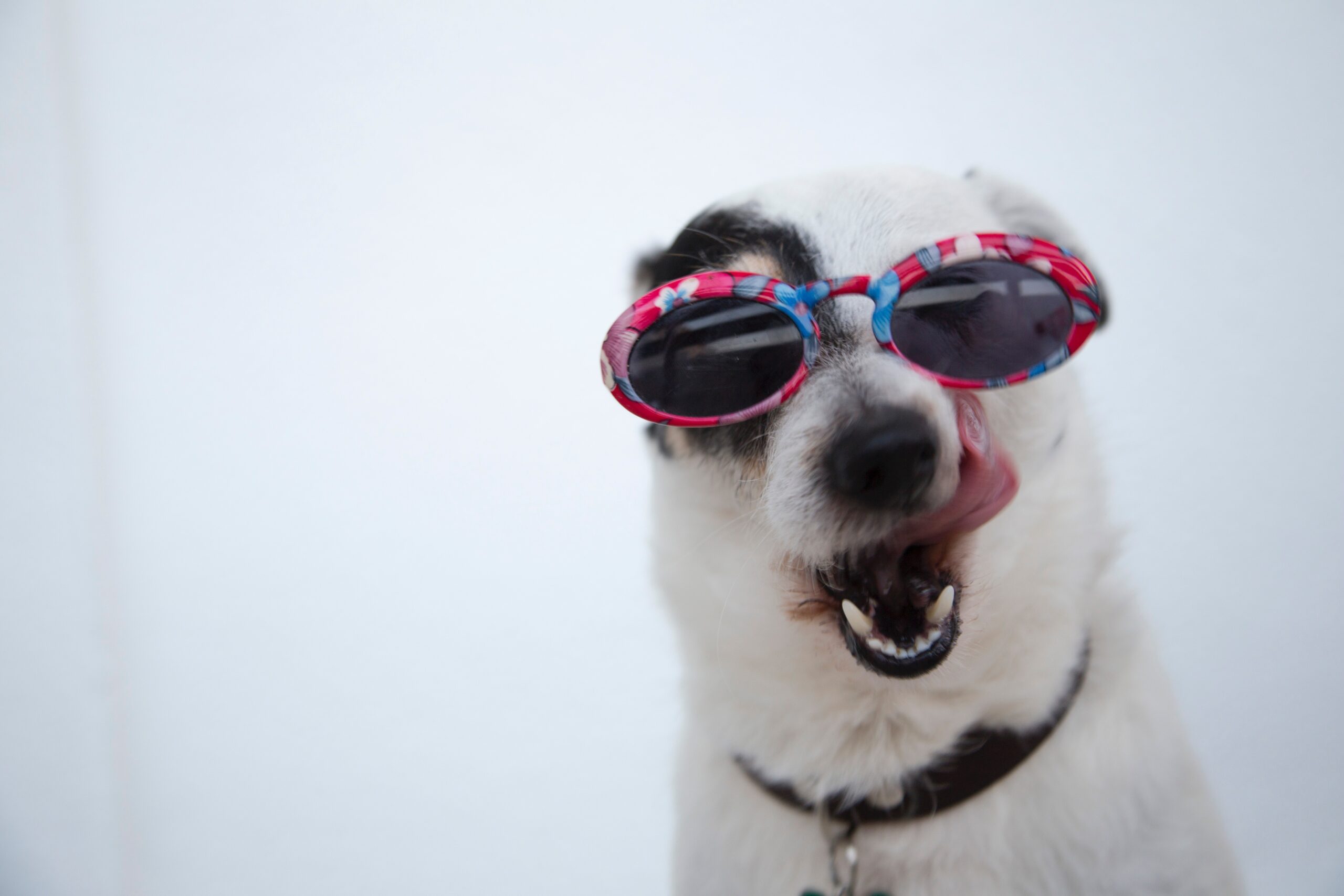Embarking on the journey of Puppy Adorability, we delve into the world where the sheer charm and irresistible Puppy Appeal captivate hearts. These young canines, with their playful antics and endearing expressions, embody a special kind of joy that brightens our lives. From their first wobbly steps to their enthusiastic tail wags, puppies offer an abundance of delight and affection
Puppies are undoubtedly some of the most adorable creatures on the planet. It is not easy to raise a puppy. This guide will help you take care of your new puppy.
You can count on three things when it comes time to bring your puppy home: pure joy, cleaning up after him, and major lifestyle adjustments. You’ll quickly discover that a puppy growing up needs more than just a doghouse and food. It may seem like a lot of work at first, but it is well worth it. Good and healthy habits will set the foundation for many years of happiness for both you and your dog.
1. Locate a good vet
You and your puppy should first go to the vet together for a checkup. This will ensure your puppy is healthy, and free from any serious health problems, or birth defects, and will also help you start a preventive care program. Ask friends and family for recommendations if you don’t already have a vet. Ask friends for recommendations if your dog was adopted from a shelter. They may know of reputable veterinarians. You can also find great ideas from local dog walkers or groomers.
2. Enjoy Your First Vet Visit
Ask your vet what puppy foods he/she recommends, how often you should feed your dog, and what size of food to give to your pup.
- Discuss a vaccination program with your veterinarian.
- Discuss safe ways to control parasites both internal and external.
- Learn the signs and symptoms of illness that your puppy should be aware of in his first few months.
- Ask your veterinarian about when you should neuter or spay your dog.
3. Shop for Quality Food
You need to choose a food designed specifically for puppies, as your puppy is growing at an accelerated pace. To ensure your puppy’s nutritional needs, look for the AAFCO statement on the packaging.
Between 9 and 12 months old, small and medium-sized breeds may be able to transition to adult dog food. Larger breed dogs should continue to eat puppy kibbles up until they are two years old. Your puppy should always have plenty of water.
Multiple times per day . Read more about this amazing rescue story.
- Age 6-12 weeks – 4 meals per day
- Age 3-6 months – 3 meals per day
- Age 6-12 months – 2 meals per day
4. Create a bathroom routine
Housetraining is a priority for puppy owners because puppies are not happy to wear diapers. Your most powerful allies in housetraining your puppy are patience and planning. It’s a good idea to have a plan for carpet cleaning, as accidents are bound to happen.
You’ll need to make sure your puppy is vaccinated before you take her outside. This will help reduce the spread and severity of diseases and viruses. Positive reinforcement is important when your dog goes outside to pee. However, it is equally important to not punish her for accidents indoors.
It is just as important to know when your puppy should go outside as it is to praise her every time she goes. Here are some of the most popular times for your puppy to go potty. Explore why relationships can be challenging for overthinkers.
- When you get up.
- Just before bedtime
- Drink lots of water immediately after your dog eats or drinks a lot.
- Your puppy will wake up after a nap.
- After and during physical activity.
5. Be on the lookout for early signs of illness
Puppy health is more vulnerable to sudden illnesses in the initial months. These can lead to serious complications if they are not treated early. You should contact your vet if you notice any of these symptoms in your puppy.
- Insatiable appetite
- Poor weight gain
- Vomiting
- A painful, swollen abdomen
- Lethargy (tiredness).
- Diarrhea
- Difficulty in breathing
- Coughing and wheezing
- Pale gums
- Swollen, red eyes, or eye discharge
- Nasal discharge
- Inability to pass urine and stool
6. Teach Obedience
You can teach your puppy positive social skills and good manners. Obedience training can also help you build a stronger relationship with your puppy.
Your friends will be impressed that your puppy can obey commands like sit, stay, go, down, and come. These commands will also help to keep your dog safe in potentially dangerous situations. Obedience classes are a popular way for puppy owners to teach their dogs. Classes are usually open to puppies from 4 to 6 months of age.
Tip: Keep it positive. Positive reinforcement such as small rewards is far more effective than punishment.
7. Be Social
Proper socialization in puppyhood is important to avoid future behavioral problems. Most puppies learn to accept other animals and people around the age of 2 to 4 months. You can have positive experiences with your puppy through socialization classes. Ask your vet what type of interaction is acceptable at this stage.

